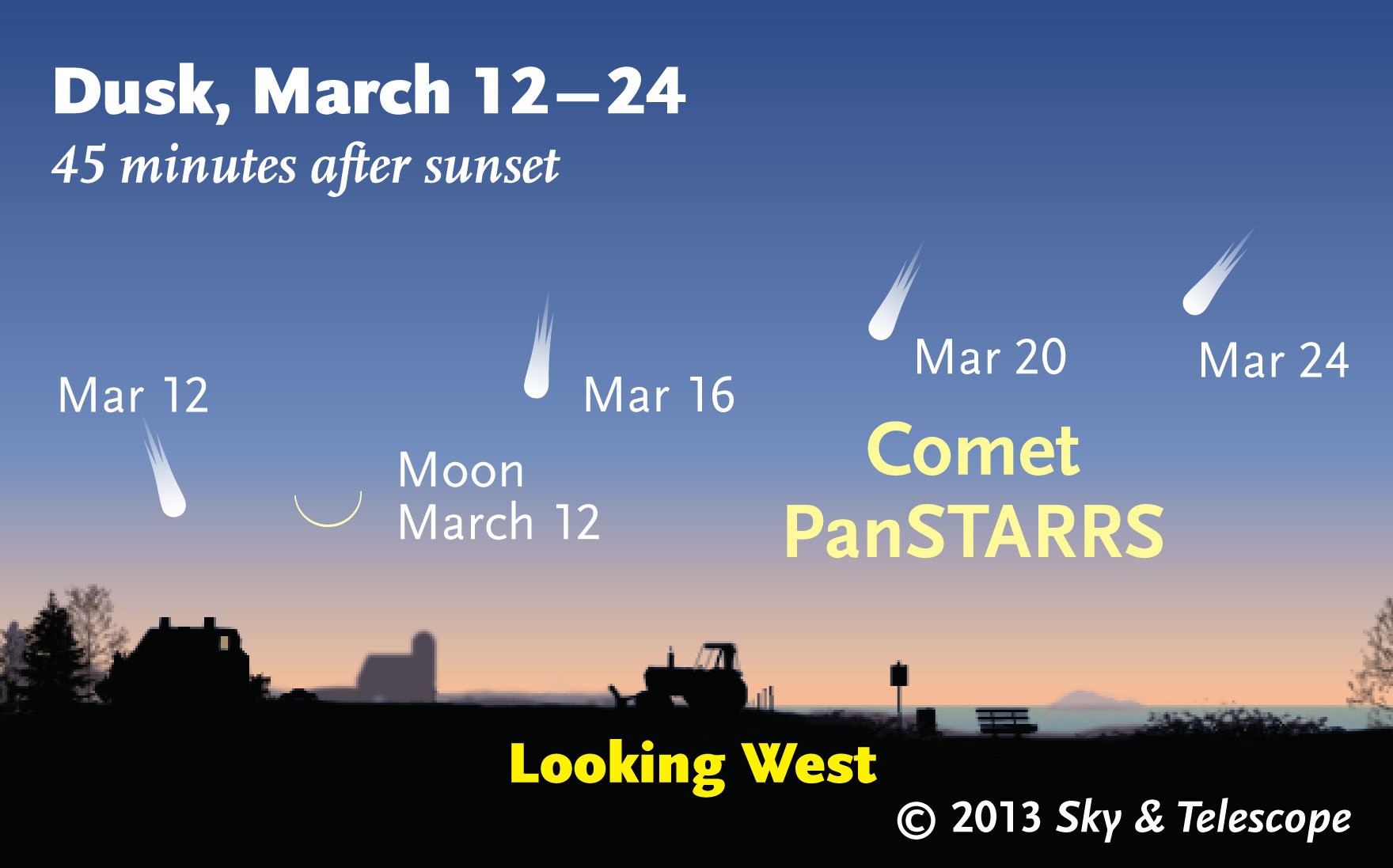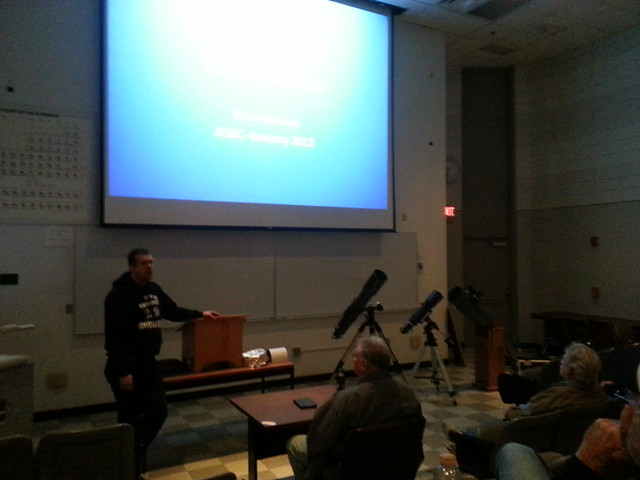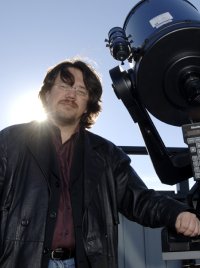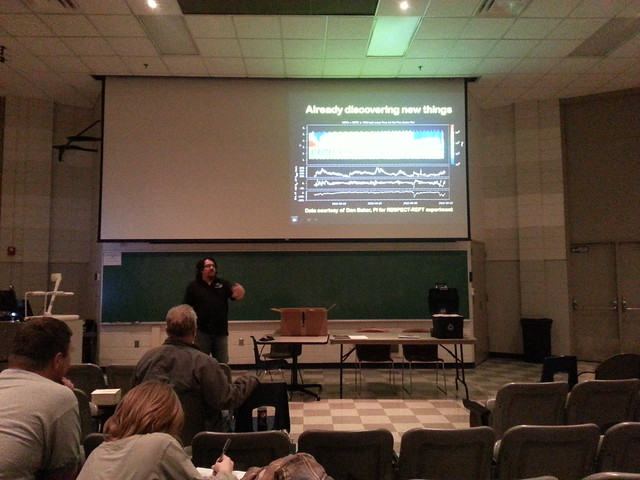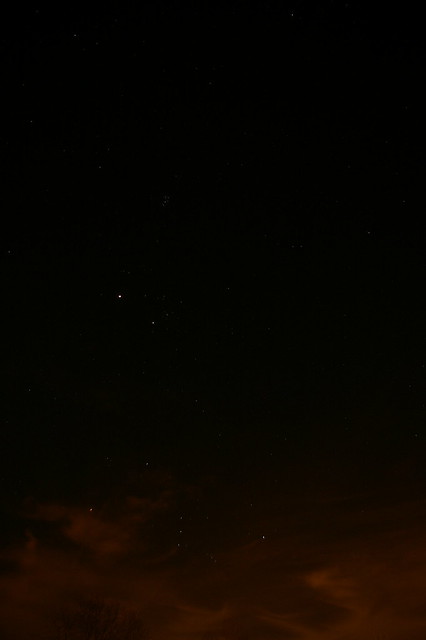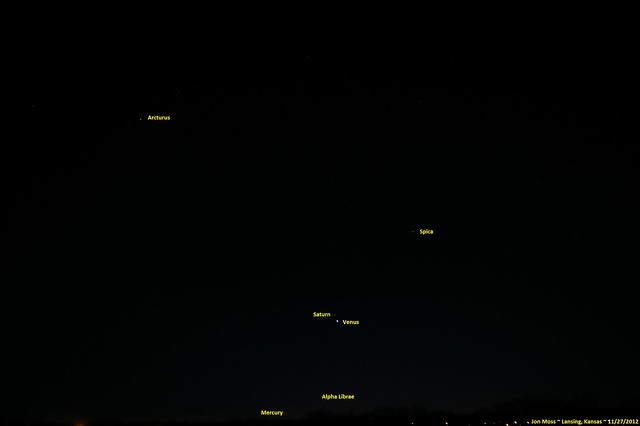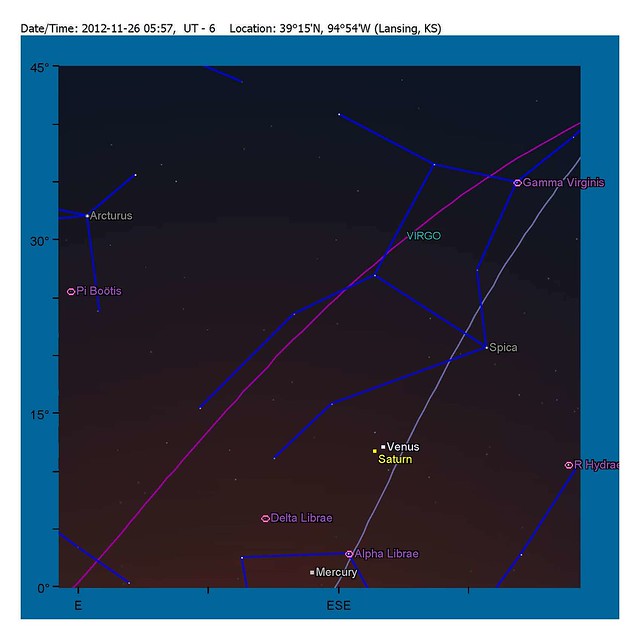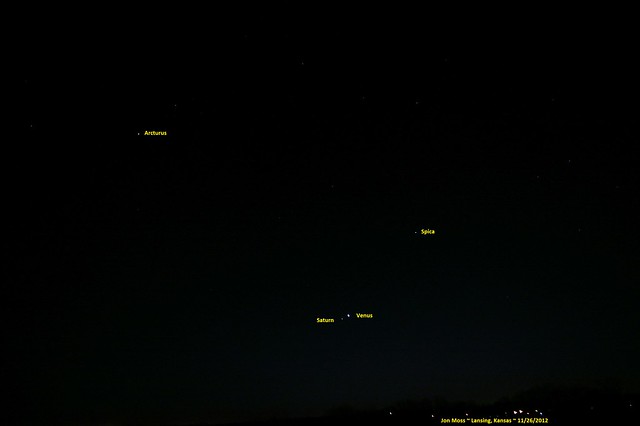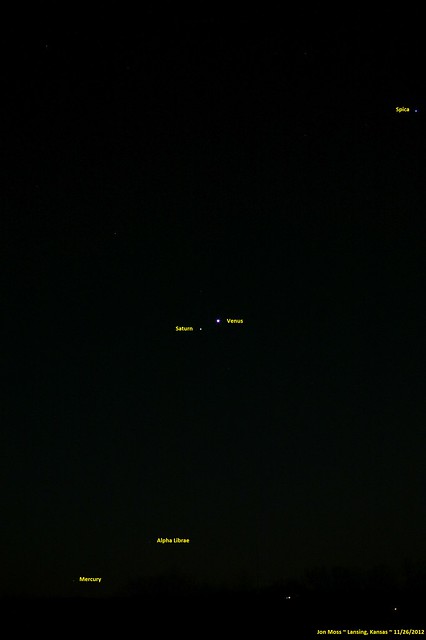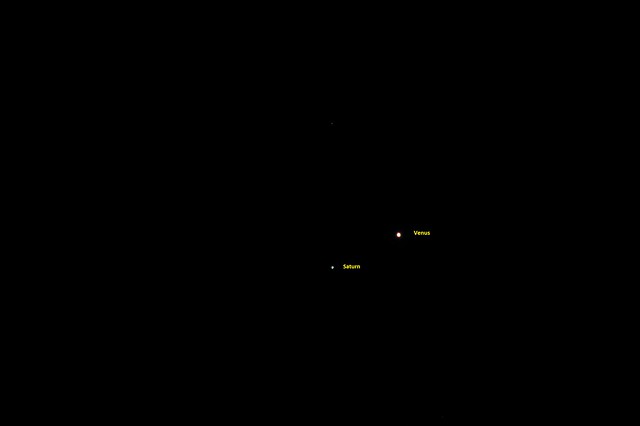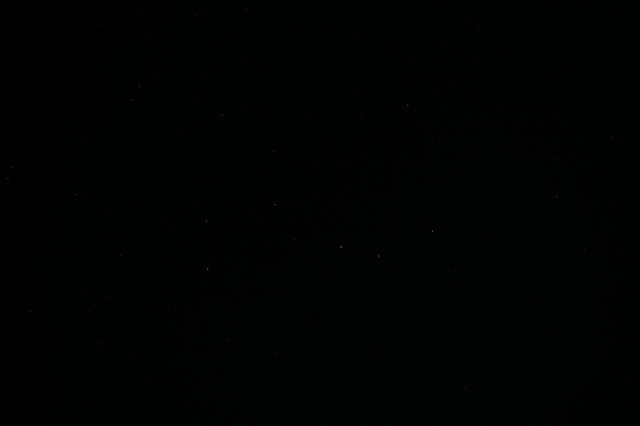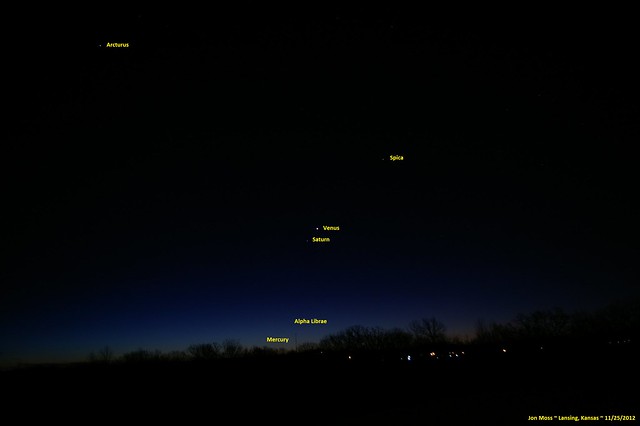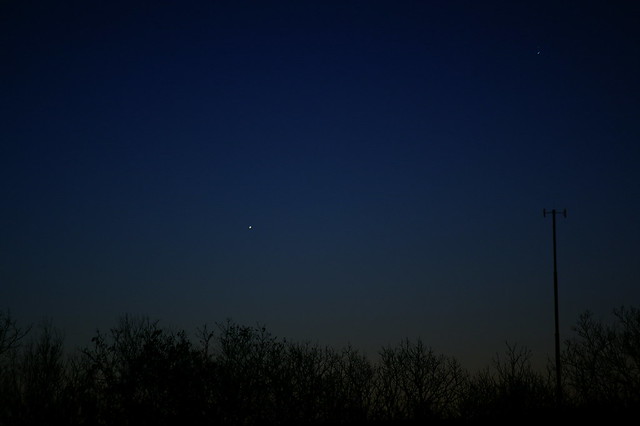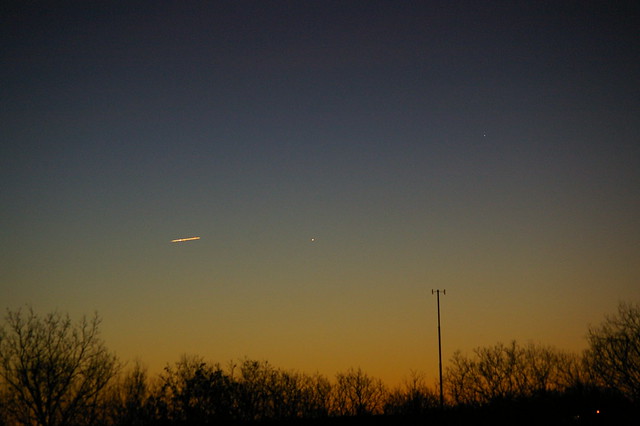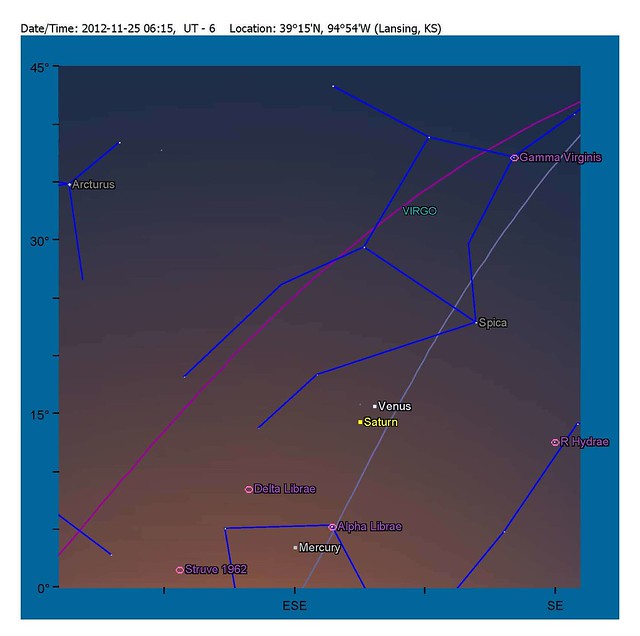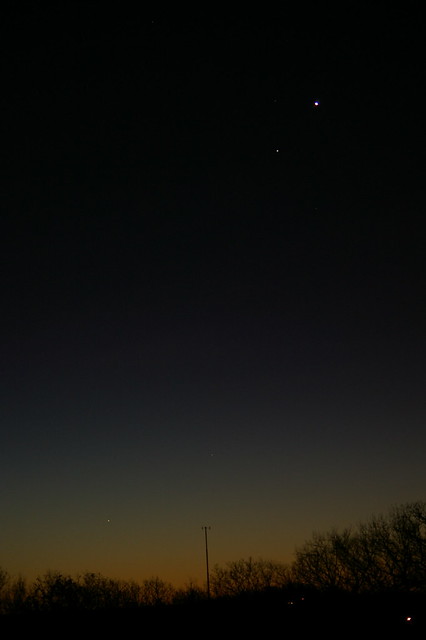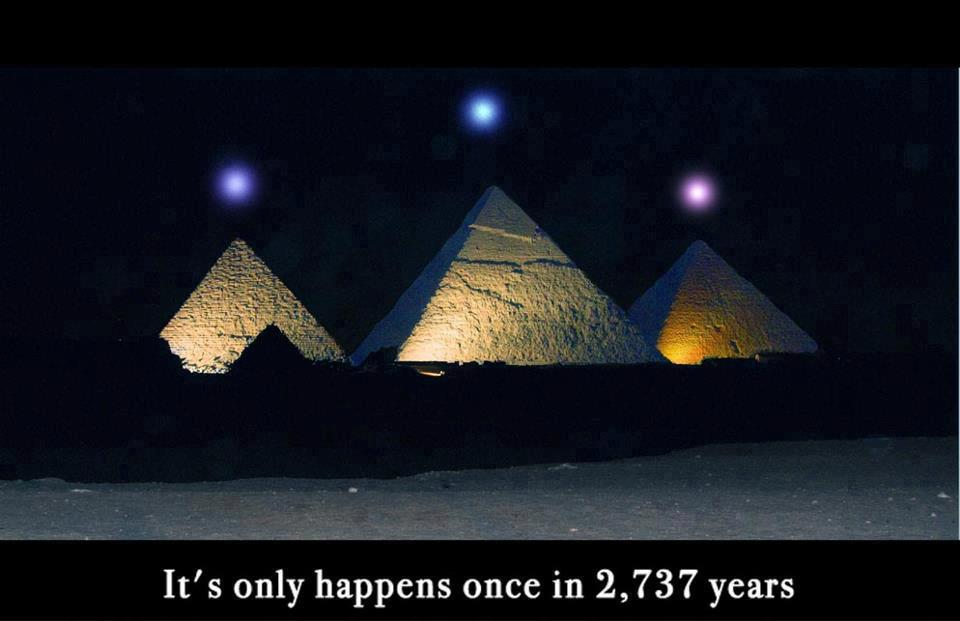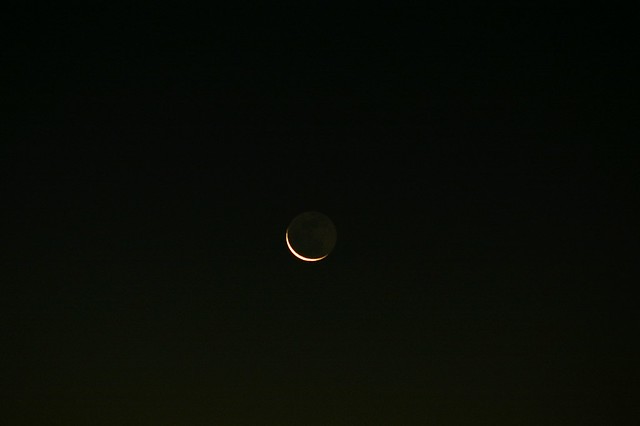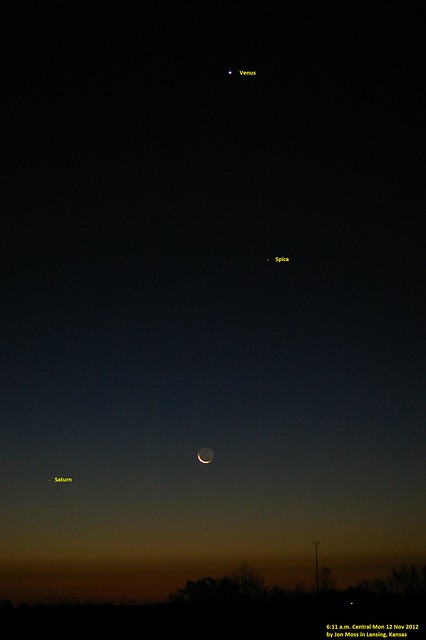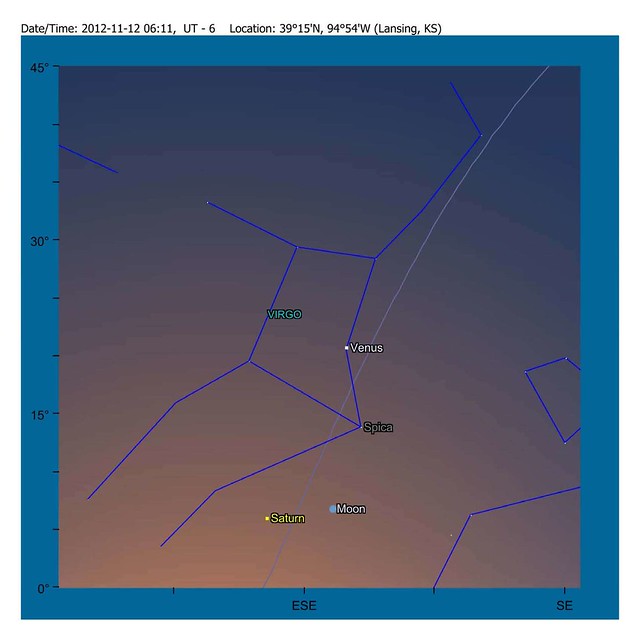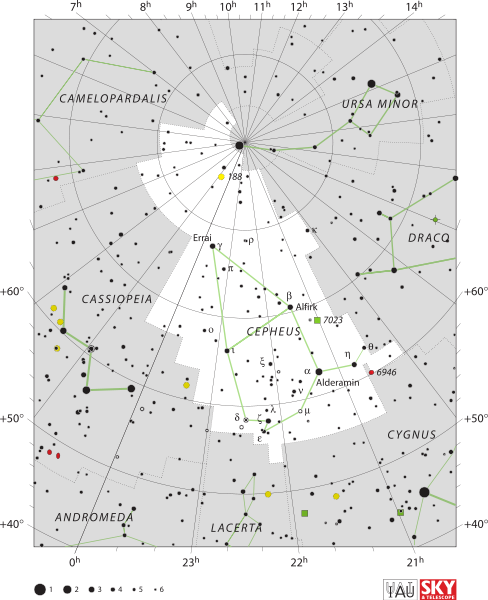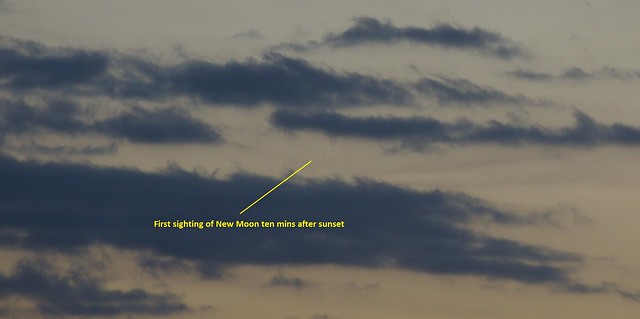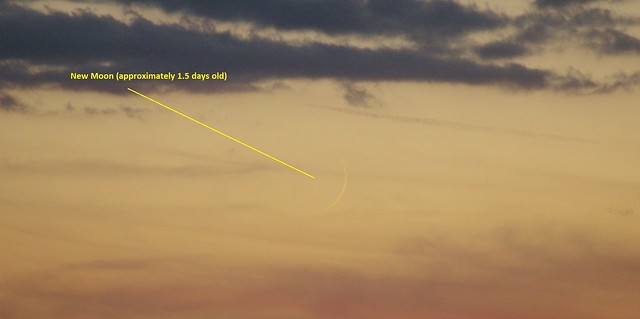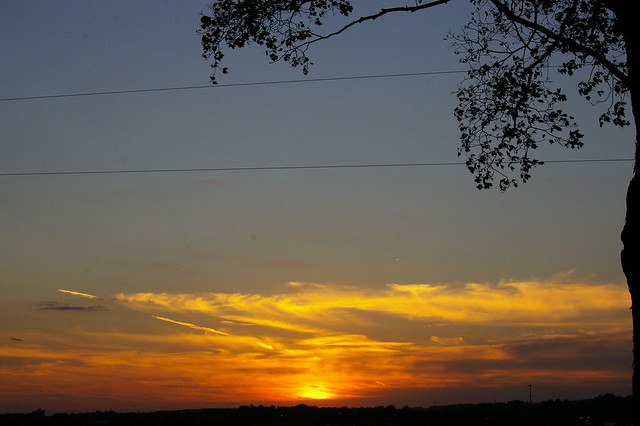 You can tell it’s spring time in Kansas by my frustration with clouds and astronomical observing. I don’t grumble much, so long as the clouds provide relief for our record drought, as they did last weekend with two days of good rain on top of the melting snow left over from Winter Storms Q and Rocky. I decided to skip, again, the ASKC‘s Messier Marathon, scheduled for Monday evening, mostly because it fell on a week night, but also because the clouds did not appear to be cooperating. And the drive home, westward, did not fill me with confidence for my odds of spotting comet PanSTARRS and the thin crescent moon, potentially one of the youngest I’d yet observed.
You can tell it’s spring time in Kansas by my frustration with clouds and astronomical observing. I don’t grumble much, so long as the clouds provide relief for our record drought, as they did last weekend with two days of good rain on top of the melting snow left over from Winter Storms Q and Rocky. I decided to skip, again, the ASKC‘s Messier Marathon, scheduled for Monday evening, mostly because it fell on a week night, but also because the clouds did not appear to be cooperating. And the drive home, westward, did not fill me with confidence for my odds of spotting comet PanSTARRS and the thin crescent moon, potentially one of the youngest I’d yet observed.
Upon arriving home, clouds still obscured the sun sporadically to the west. My husband and I grabbed a quick bite to eat at the local Arby’s and I walked Apollo upon returning home, despite the brisk wind out of the northwest. I had just sat down to watch something with Terry when I checked out the window one last time. Miraculously, the western horizon appeared cloud free. I handed Terry the remote, shoved on my boots, grabbed the camera, binoculars and tripod and ran to the van. As I drove west along Eisenhower Road, I received a call from my Dad, who was back in Lansing, at the spot where we observed the Transit of Venus last June. I told him I was heading to a small rural church parking lot at the corner of Eisenhower and County Shop Road, because it has slightly less light pollution than the hill overlooking Main Street (K-7/US-73) in Lansing.
I arrived about ten minutes before eight o’clock. I uncapped my binoculars and took a quick look at the thin crescent moon, one of the slimmest ones I’ve yet observed. Later, I calculated it was also the youngest I’ve observed, just twenty-nine (29) hours old. Here’s the photo I took of it fifteen minutes later, after I’d setup the tripod and put the telephoto lens on my camera:
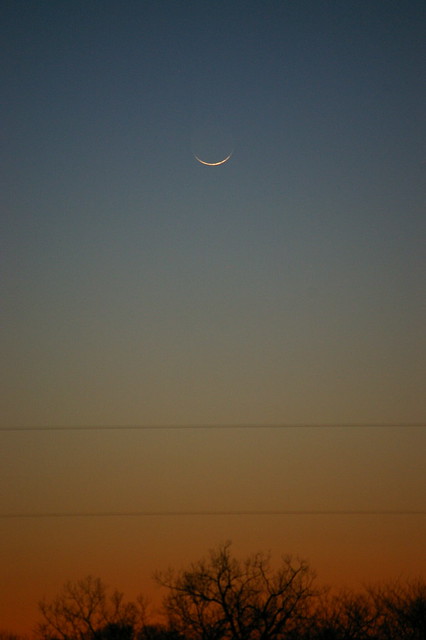
I continued to take photographs for another twenty-five minutes but never did find the comet with my naked eyes. Using my binoculars, I did locate comet PanSTARRS about a quarter after eight. When I reviewed my photographs after downloading them to my computer, I realized I’d actually captured it earlier, in a photo taken one minute after the one shown above. The best shot of the crescent moon and the comet came another fifteen minutes later though:
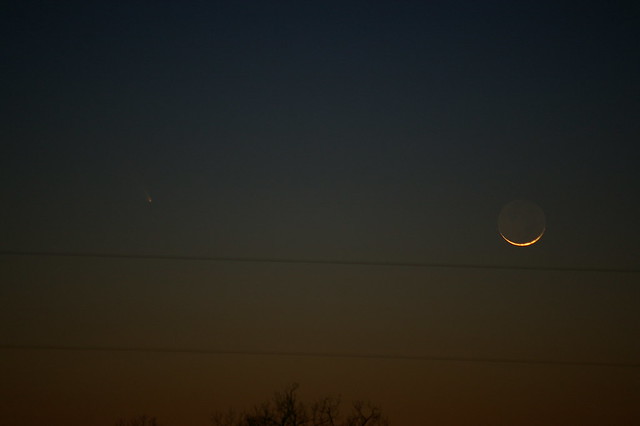
I plan to keep trying for the rest of the week, or as long as comet PanSTARRS is visible. I may even drive down to Powell Observatory Friday evening. I read an announcement via the Astronomical Society of Kansas City‘s Twitter feed declaring a special pre-season opening of the observatory to view the comet.
I called my dad back, since we’d gotten cut off by bad cell phone reception out in the county. He confirmed his inability to spot the comet without optical aid and wished me a good night. I packed up the equipment and returned home. I fed the dogs while I downloaded the photos to Terry’s computer and quickly reviewed them, selecting a few of the better shots to upload to Flickr to share with family and friends. By that time, I needed to hit the sack, so I left writing this blog until morning.
Happy hunting to all of you this week. Grab a pair of binoculars and look west, young men and women, look west for comet PanSTARRS.
